Notable rescue missions around the world that defied the odds
THE race to save 12 boys trapped in a cave in Thailand has been dubbed “mission impossible” by some, but other incredible rescues have proven all hope should not be lost.
Real Life
Don't miss out on the headlines from Real Life. Followed categories will be added to My News.
FOR days Thailand anxiously followed every twist and turn of a dramatic race against time to find twelve boys and their football coach trapped deep in a cave complex and surrounded by rising monsoon floodwaters.
The search finally ended on Monday, with dramatic footage showing the boys — exhausted, mud-caked and rake thin after nine days stranded — crammed onto a wedge of dry ground, some speaking faltering English with the British diving team that found them.
Now the focus shifts to the arduous task of extracting the group from the winding chambers and narrow passageways of the 10 kilometre long Tham Luang complex.
Rescuers said on Tuesday they plan to supply the boys with up to four months’ food while a rescue can be planned, indicating the football team’s stay underground — and their families’ agonising wait on the surface — may not be over just yet.
From miners trapped underground, to sailors trapped underwater, here are some dramatic rescue operations that ended happily despite massive obstacles.
MORE: Trapped boys’ rescue could be ‘life-threatening’
MORE: When it comes to survival, it’s a matter of being mentally prepared
RESCUE OF SEVEN FRENCH MEN TRAPPED IN CAVE
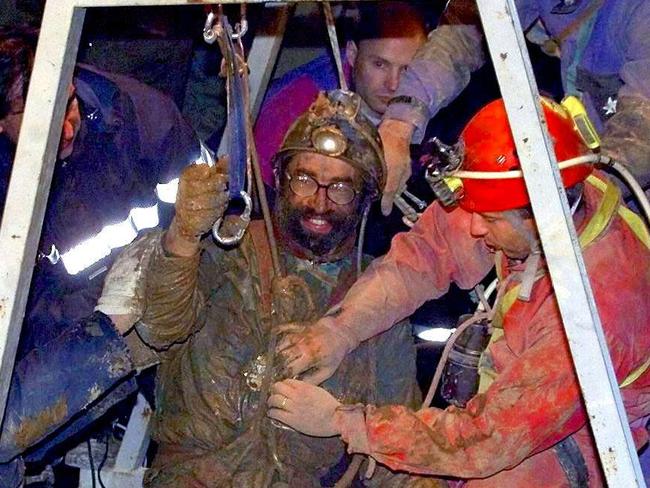
On November 22, 1999, rescuers reached seven men who had been trapped in a cave system in southwest France for 10 days.
The men, all experienced cavers, became trapped in the caves at Vitarelles when heavy storms caused flooding, cutting them off from the exits.
The unprecedented rescue mission riveted France, with experts drilling multiple shafts into the rock in a bid to find the men.
They eventually reached them after squeezing into one of the shafts and following an underground river.
The men had carefully rationed their food and still had enough water and lighting gas for two days when they were rescued. All were in good health.
US SOLDIER FREED FROM IRAQI FORCES
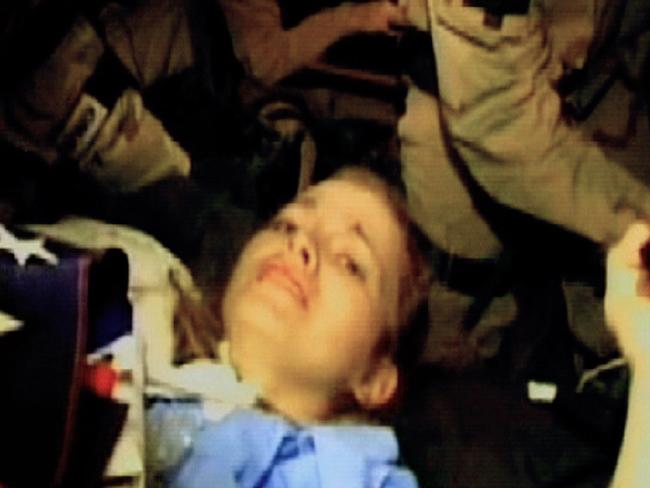
Jessica Lynch was just 19 years old when she was taken prisoner by Iraqi forces 2003, after a supply convoy she was part of took a wrong turn.
Iraqi forces attacked the convoy, with the crash leaving Lynch with severe fractures, including shattered feet. Eleven US soldiers were killed, and six, including Lynch, were captured.
She was taken to an Iraqi hospital, which was also being used as a base for Iraqi military operations. Lynch was held for about eight days before a daring rescue by US forces who were tipped off by an Iraqi lawyer of her whereabouts. In a night-time raid, they freed Lynch and the bodies of eight other American soldiers.
BEACONSFIELD MINERS FREED

A small earthquake caused a disastrous rock fall that trapped three miners at Tasmania’s Beaconsfield gold mine.
In what made headlines across Australia in 2006, Todd Russell and Brant Webb survived two weeks in a small cage nearly a kilometre below the surface.
Their colleague, Larry Knight, was killed in the initial rockfall.
The courageous duo survived by drinking groundwater, which they collected in their helmets. Webb also had a muesli bar that was rationed between them.
After hand mining techniques failed, explosives expert Darren Flanagan was brought in. Mr Flanagan carried out low-impact blasting, and was eventually able to free Russell and Webb
In 2016, Webb said: “When you go through a near-death experience for 321 hours it doesn’t go away so easily.”
But Russell explained time had healed wounds.
“Time is a great healer and I’ve moved on … I’m in a pretty good space,” Russell said.
RUSSIAN SUBMARINE CREW SAVED

The seven-man crew of a Russian Priz mini-submarine were running out of air after three days trapped under water when they were finally rescued.
Their submarine became entangled in marine debris on August 4, 2005, and the Russian crew was powerless to move from the position around 190 metres below the ocean surface.
The incident immediately drew comparisons with Russia’s Kursk submarine accident five years earlier, which ended in tragedy with the deaths of all 118 crew.
But the Priz crew were rescued after a British undersea robot cut the vessel free.
Russian President Vladimir Putin awarded medals to the British team who rescued the submarine crew and Moscow announced it would purchase several of the type of underwater robots used in the rescue.
CHILEAN MINERS DEFY THE ODDS
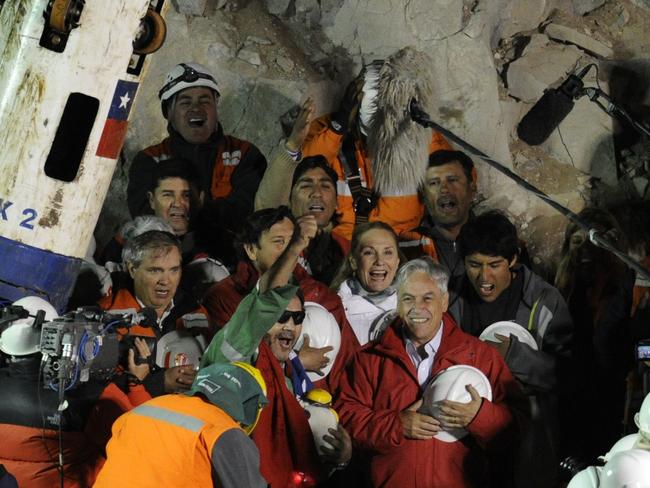
The plight of 33 men trapped in a Chilean mine 600 metres underground after a rock collapse on August 5, 2010 captured international headlines.
The men had been virtually given up for dead when a probe sent down through a narrow borehole struck lucky, 17 days later.
The men had been surviving on dwindling rations, with just 15 cans of tuna between them, said survivor Franklin Lobos.
“We ate a teaspoon of it every 24 hours, then every 48 hours and finally we were eating a teaspoon every 72 hours. It was horrible.” Even after the men were located and supplies were sent to them, it took weeks before rescuers were finally able to bring the miners to the surface.
In all, their ordeal lasted nearly 70 days.
TEENAGER AND HIS DAD SURVIVE TASMANIA’S WILDERNESS
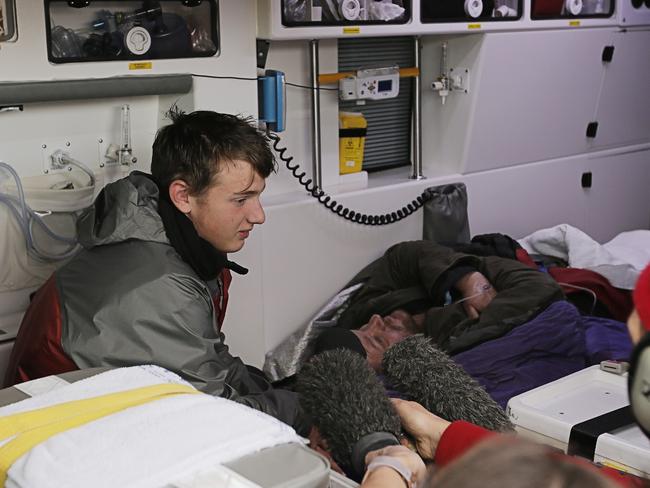
Picture: Matthew Farrell
In a bonding exercise gone wrong, 13-year-old Stephen Ward and his father John, 41, survived three nights lost in freezing conditions.
Rescuers rated their chances of survival between 0 and 5 per cent after the pair became lost on a track in what was dubbed the wildest part of southwest Tasmania in 2017.
Young Stephen survived the near-freezing conditions, and helped save his dad’s life by keeping the hypothermia 41-year-old warm in a Bear Grylls-inspired shelter they built.
In 2017, Stephen said it was a “really scary” 72 hours, in which the pair barely slept.
The pair were rescued after leaving a reflective object on the ground to attract search crews. They were found about 15km from where they set off and flown out by helicopter.
After escaping death, Stephen said there was “so much to be grateful for”.
“I come home and I’m grateful to have a roof over my head and food on the table,” he said last year.
GERMAN MAN RESCUED FROM 1000 METRES BELOW GROUND
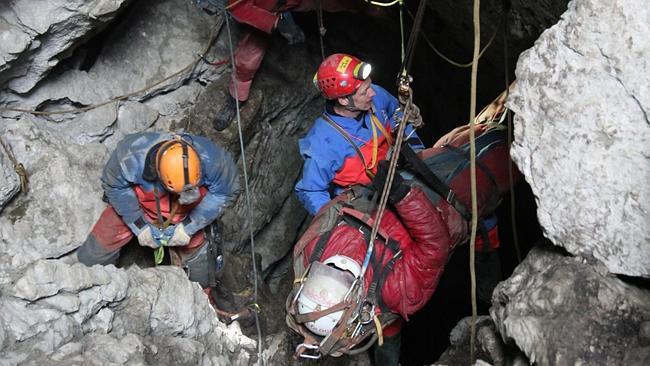
More than 700 emergency personnel worked to rescue after he sustained a serious head injury deep inside a German cave system on June 8, 2014.
The 52-year-old was with two other people when a rockfall caused the head injury. One made the hours-long walk back to the surface to raise the alarm, while the other stayed with Westhauser.
His injury made it impossible for him to move, and rescue workers and medical professionals from five countries worked to medically evacuate him from a spot 1,000 metres below ground.
His rescuers battled dangerous conditions and near-freezing temperatures as they methodically negotiated a treacherous network of tunnels and chambers, underground lakes and ice-cold waterfalls.
He was eventually hauled out of the cave system on a stretcher 11 days after being injured, in an operation local officials said had seemed “simply impossible.”
PERUVIAN MINERS SURVIVE UNDERGROUND FOR SEVEN DAYS
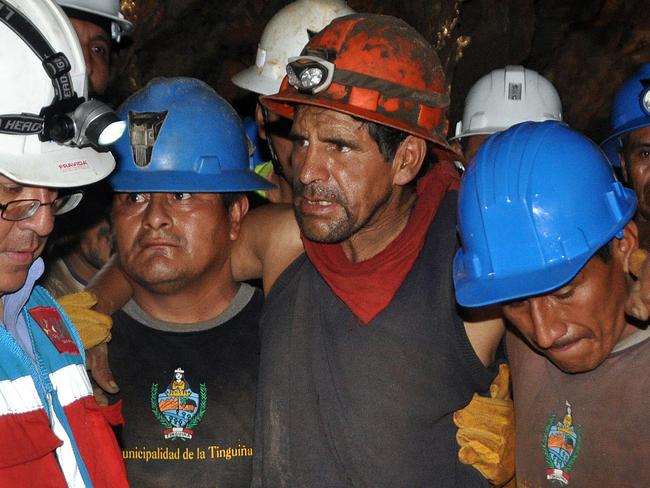
Nine miners, including a father and son, spent seven days trapped underground after a cave-in in southern Peru on April 7, 2012.
Rescuers led the men out wrapped in blankets and wearing dark glasses to protect their eyes after so many days without sunlight.
The rescue operation at the illegal mine was hampered by fears of additional collapses as rescuers dug through rock and soil.
Huddled in an opening 250 metres (800 feet) underground, the men joked and exercised to pass the time and stay positive.
“This moment, it’s like being reborn,” said one of the rescued men after a tearful reunion with his family.
AUSSIE MAKES IT THROUGH SUB-ZERO TEMPERATURES

Picture: Supplied
A catastrophic landslide at popular ski village Thredbo, NSW, tragically claimed 18 lives. But one ski instructor defied the odds.
Stuart Diver, who lost his wife Sally in the 1997 disaster, spent 65 hours in freezing temperatures trapped beneath a concrete slab.
He was found by rescue workers who detected sound beneath the slab after they had finished digging.
“Can anyone hear me?” a rescue worker called.
And then, in a muffled response, Diver responded, “I can hear you”.
Diver spent almost three days wearing only underwear in the subzero conditions, complaining only of “bloody cold” feet when asked if he was injured.
In an interview earlier this year, Diver said his life since the disaster was “hugely positive”.
“I know some people may find that strange, as both my wives have died [Diver’s second wife Rosanna, and mother to his daughter Alessia, died from breast cancer in 2015], but it’s true,” Diver said.
“Both Sally and Rosanna added such an enormous amount to my life that it would be sad for me not to live as positively as I can in their memory.”
THE BIGGEST EVACUATION OF ALL TIME
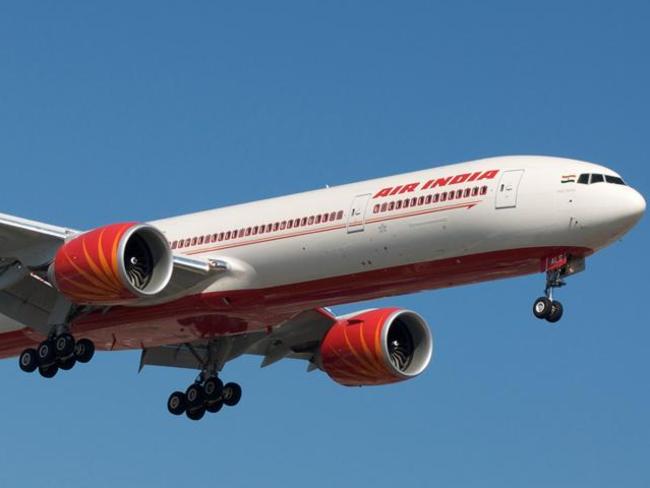
After Iraq invaded Kuwait in 1990, the lives of Indian expatriates were at risk, prompting an incredible evacuation carried out by India’s national airline.
It took about 60 days to transport more than 117,000 Indian nationals from the conflict zone, an effort that left Air India with a Guinness Book of World Records accolade.
Initial efforts by the Indian government carry out the evacuation with military aircraft were stymied by airspace clearance difficulties.
In a 4000km journey, expatriates were flown from Amman, Jordan to Mumbai, India.
It was believed to have taken 488 commercial flights to carry out the mission.
Originally published as Notable rescue missions around the world that defied the odds


